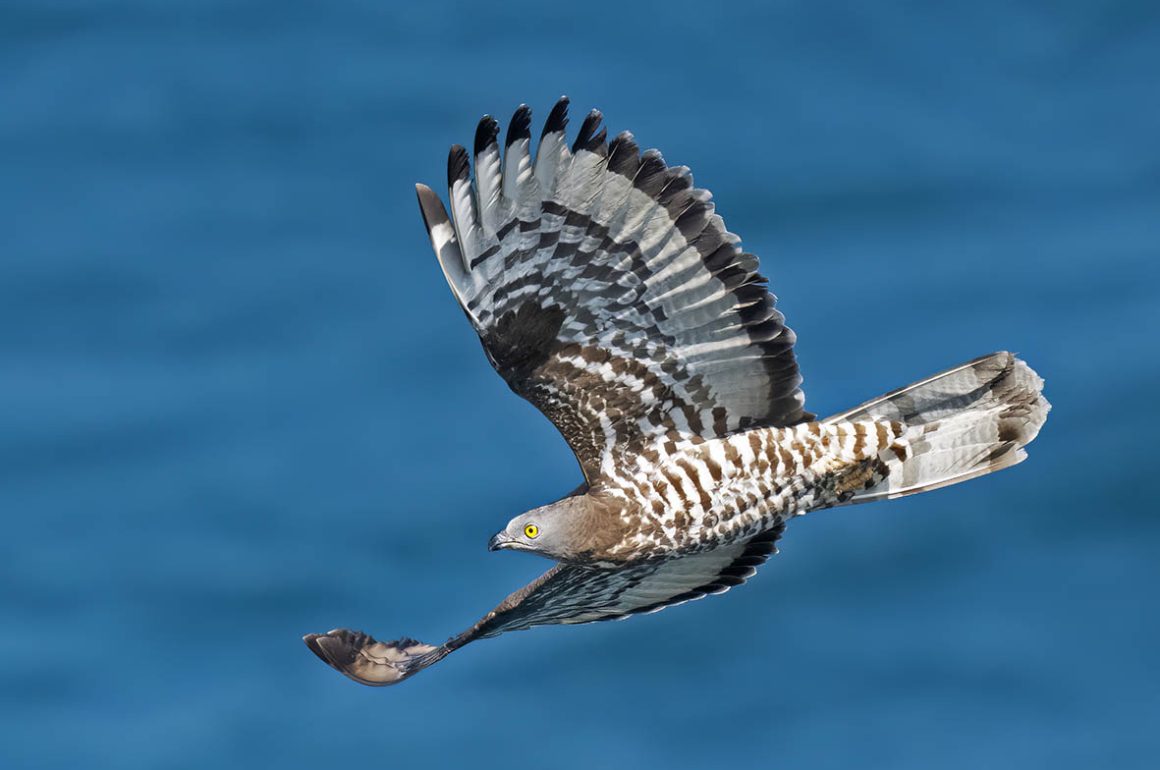
Late April has, for me, marked the start of one of the most remarkable and impressive of bird spectacles that you can expect to find anywhere. For the last sixty seasons, I have waited for the arrival of Honey Buzzards (Pernis apivorus) from the tropical African forests as they head north for their breeding grounds across much of western Europe right up to the Scandinavian Peninsula, and probably even further east into Russia.

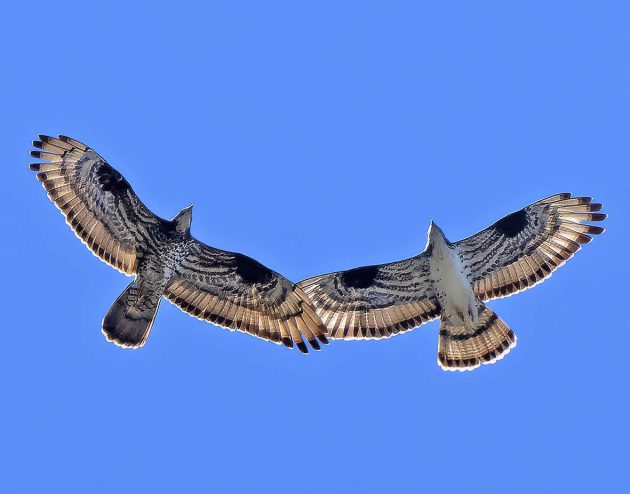
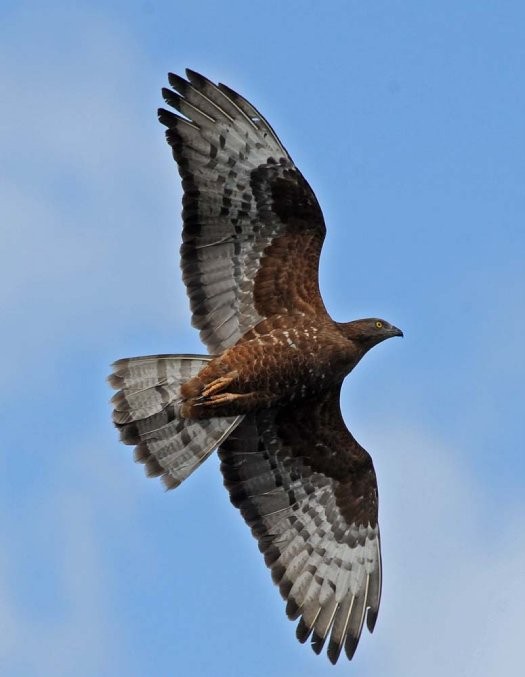
The spectacle takes several forms. On the one hand it’s the sheer numbers of birds involved. Counting ten thousand Honey Buzzards in a single day is not unusual. Then, they fly in large flocks which adds to the display. They fly very high during the middle of the day but some early morning and dusk flights, when the birds come down, are absolutely awesome. Honey Buzzards are great fliers and they don’t wait for the sun to generate thermals, according to the classic raptor migration model; once they can see where they are going, they simply get up and go.
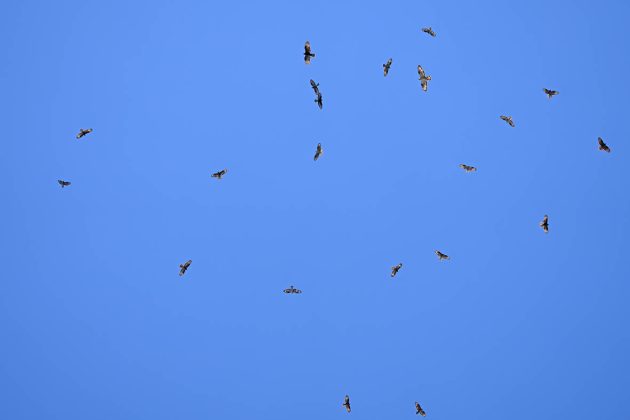
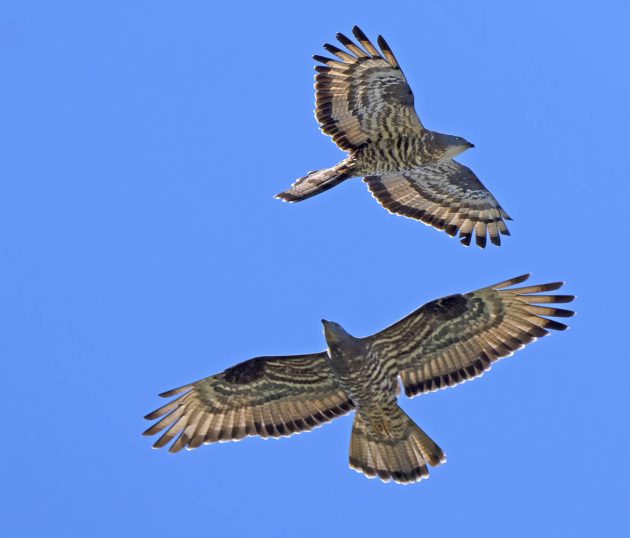
Adding to the wonder, Honey Buzzards come in a range of plumage morphs. Most books describe a light, a dark and an intermediate morph but the reality is that these are arbitrary separations of what is a plumage continuum, from very dark birds to very pale ones. This has led to confusion among visiting birders who are not familiar with these birds. I recall claims of flocks of Ospreys (Pandion haliaetus) in May over Gibraltar, when most have already passed north and never in flocks anyway. They are cases of mistaken identity with pale morph Honey Buzzards.
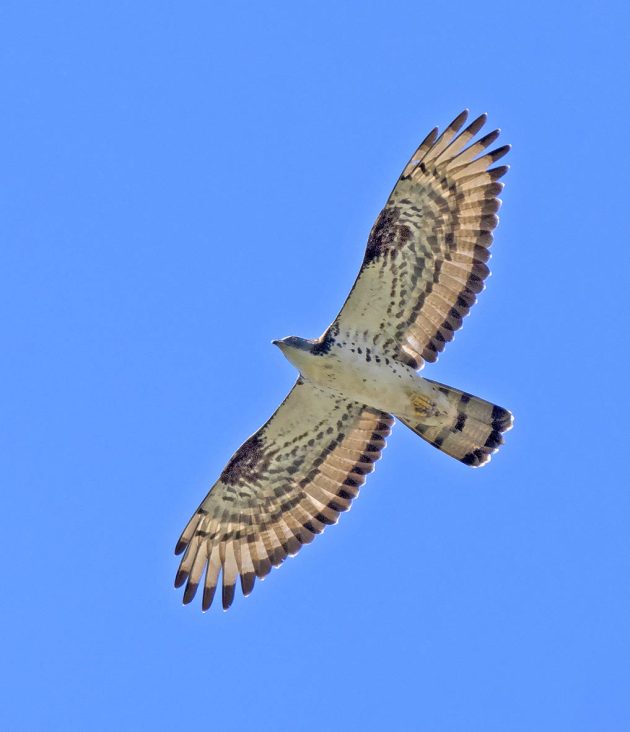
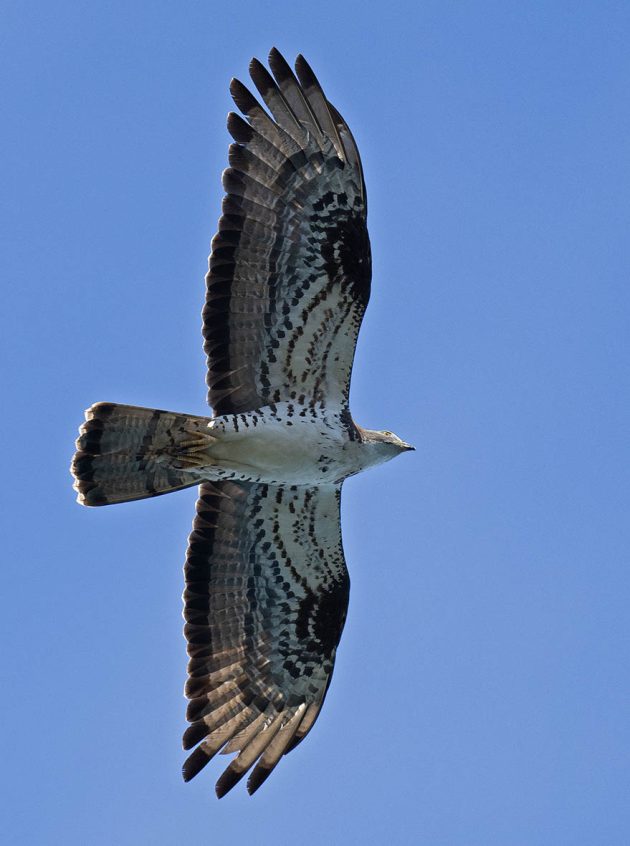
The Honey Buzzards‘ ability to fly in a wide range of conditions also means that they are less constrained by the sea. At Gibraltar they will often let themselves drift with the wind and travel over longer stretches of sea than the heavier raptors.
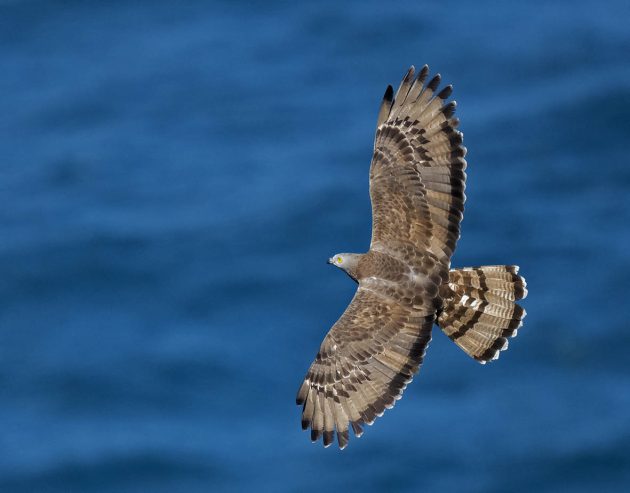
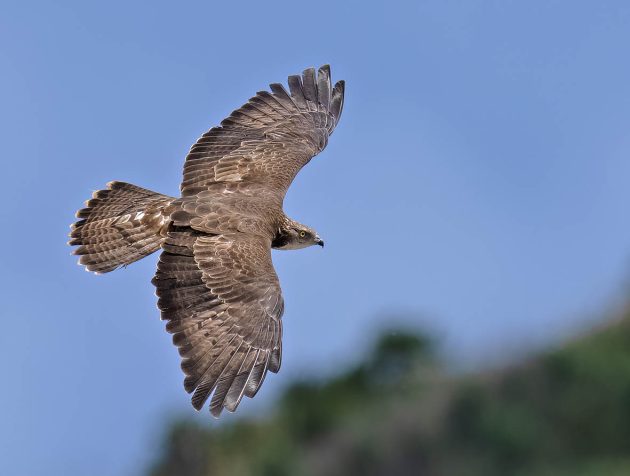
For me, this amazing migration encapsulates everything that has made me a life-long birder and ornithologist. There is something about it that just grips you, from the expectancy as you know the date is here and the winds are right, to the sheer awe at seeing huge flocks or raptors flying in tight formation as the move from rain forest, across the Sahara Desert and then the sea, towards the boreal forests of Fennoscandia. Birding is not just about finding rarities, at least it shouldn’t be. For me, at least, it’s about marveling at the wonders of the natural world.
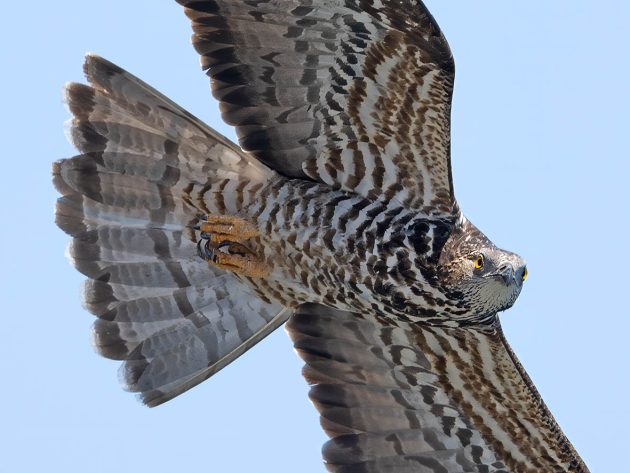


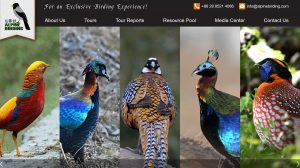


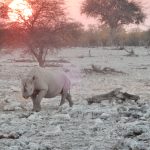
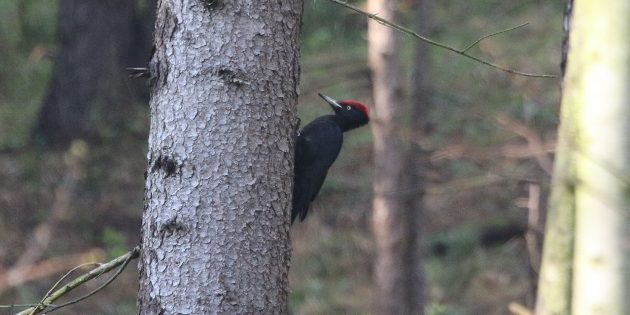
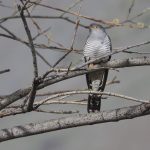

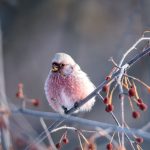
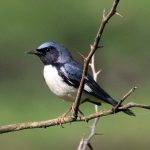
Fascinating. I wish a few more of these beautiful birds would spend their summers in Britain. We do have a small breeding population, but they are scarce and secretive birds, so hard to see. Clive’s photographs are a reminder of what we are missing.
Great description of what makes birding fascinating and wonderful.